Self-Directed Learning
Self-Directed Learning (SDL)
Self-Directed Learning is a structured process of learning and developing better practices that is administered by the employees themselves. This concept is often misunderstood because it a very ambiguous term that most corporations have not yet grasped. There in lies the opportunity. SDL, if structured properly, accelerates the development of an organization without spending higher dollars on traditional training like workshops or e-learning. That’s not to say those methods are not valuable, rather SDL provides a means to leverage those methods and drastically facilitate the needed change.
The key to success in Self-Directed Learning is...
- First, structure activities that your staff can do on their own.
- Second, leverage services that can automate delivery and practice of content that can condition and remind reps of what they need to do.
How to start a Self-Directed Learning program
It’s something employees can do at anytime and anywhere. It takes little time away from their day-to-day work. It can be designed easily to address the individual needs of each employee. It’s much easier than people think...
- Define what you want from the staff or group
- Define two or three things each person needs to improve
- Write down weekly activities the group can do together
- Make sure the activities represent what’s going on in the real world.
Design Criteria
A major element is to define the change needed. Is it a skill, knowledge, or behavioral change? If its skill they need to practice it. If its knowledge they need to be able to teach it. If it’s behavioral they need to acknowledge it and act out the desired behavior.
Sample Self-Directed Learning Activities
- Product Training – An employee could demo or teach the basic elements or components of a product and than have the employee teach it back. After all, it has been proven that to truly know something is to have the ability to teach it.
- Industry Knowledge – An employee could be provided with reading materials on the industry, with the ultimate expectation they will either email a supervisor what they learned or present the concept to management.
- Soft Skills – soft skills such as listening and presentation skills can be role-played by using specific scenarios that apply to the real world. To ensure the activity is completed a third person could be asked to score the people role-playing and have the scores sheets turned into their manager.
- Positive Behavior – Modeling is a technique where an employee observes another employee who represents the positive behavior. A second facet of this technique is to then have the employee act out the modeled behavior. Last, the employee could email his or her manager describing the behavior and what they learned about themselves that needs improvement, as a result of observing the desired behavior.
- Industry Workshops / Certifications – If employees need to go a public workshop or industry certification, you can leverage this event by making them email 3 things they learned or teach their peers in small groups what they learned & how they can apply the techniques to their jobs.
For more information on staff development, click the button below to download a whitepaper on: "How to Coach Team Development"






